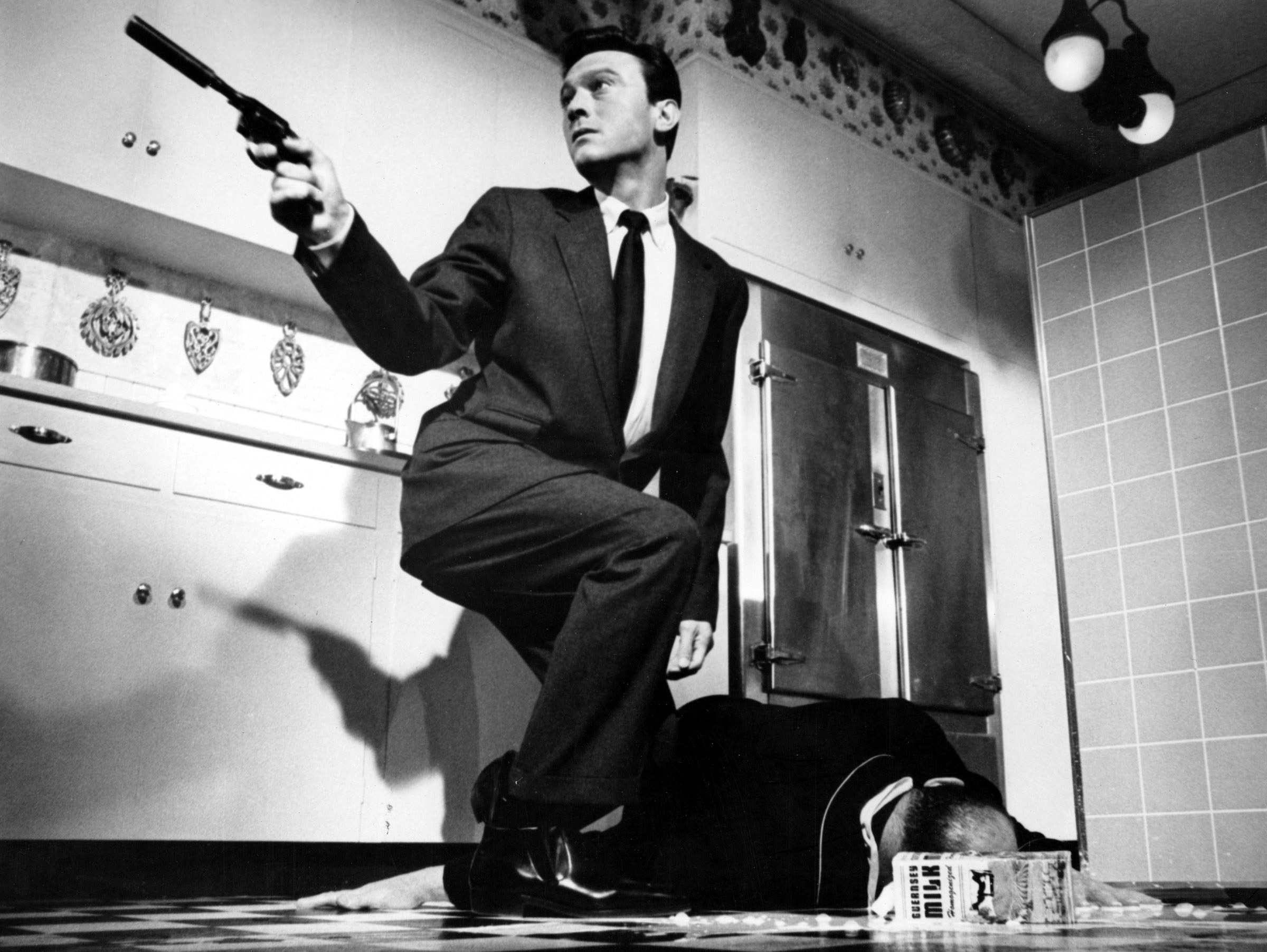Though the demogorgons and their fellow inhabitants of the Upside Down pose the most immediate threat to the heroes of Stranger Things, Papa's willingness to use children as his personal lab rats, as well as the government and military powers happy to back him up, is the more chilling one.
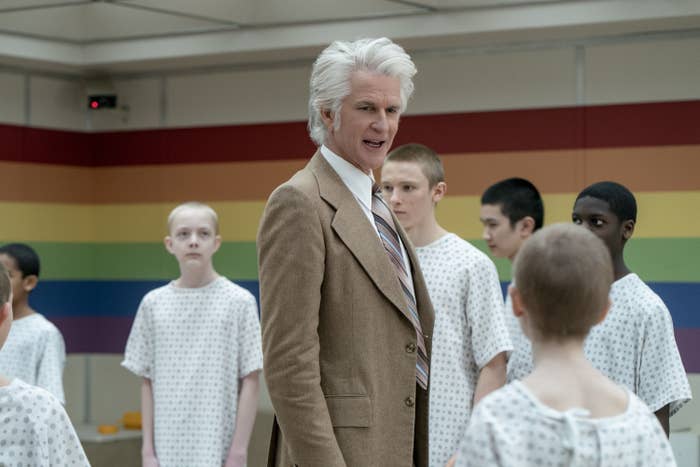
While the actual Department of Energy released a statement following the release of the show's first season to point out that they are neither evil nor forcing telekinetic children to crush New Coke cans with their minds, series creators the Duffer brothers told Rolling Stone that they were inspired by the very real series of CIA mind control experiments known as MK-Ultra. Matt Duffer said, "We wanted the supernatural element to be grounded in science in some way."
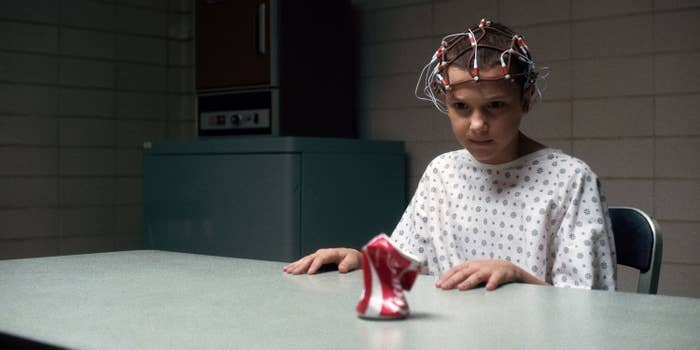
MK-Ultra began in 1953, and its creator, chemist Sidney Gottlieb, only admitted that its end goal of human mind control was an impossibility a decade later. When he left the CIA in 1973, he attempted to destroy all evidence of his activities, but due to the efforts of whistleblowers and an incomplete job of historical erasure on Gottlieb's part, we know now more about this dark period of American history than the CIA ever intended. While the experiments themselves seem like something lifted from science fiction (or, say, a Netflix show), they were all too real, and the experimenters' disregard for the humanity of their test subjects ruined lives and destroyed minds.
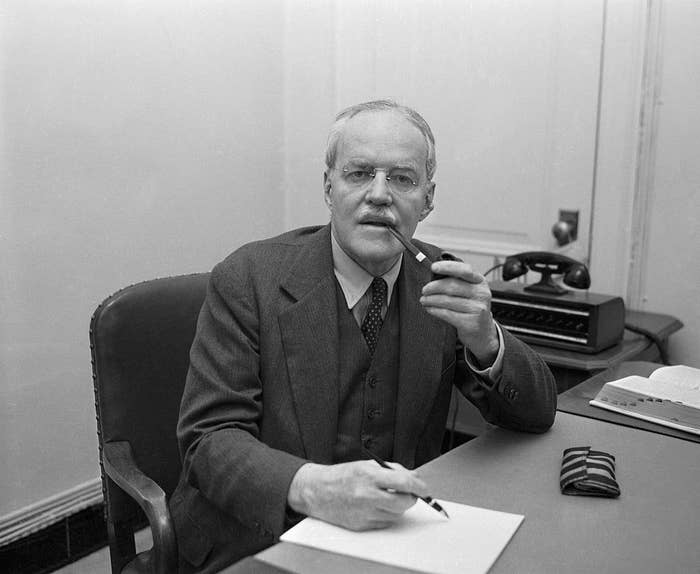
Here are 13 haunting facts about MK-Ultra, the people who founded it, and the survivors of their experiments.
Warning: There are graphic descriptions of both physical and psychological abuse ahead.
1. In the early 1950s, the CIA was prompted to begin their nonsensical and unethical research into human mind control by fears that communist nations such as the Soviet Union had figured it out themselves. The BBC points to prisoners-of-war who returned to the US following the conclusion of the Korean War "seemingly brainwashed and espousing communist propaganda" as fuel for this conspiratorial fire.
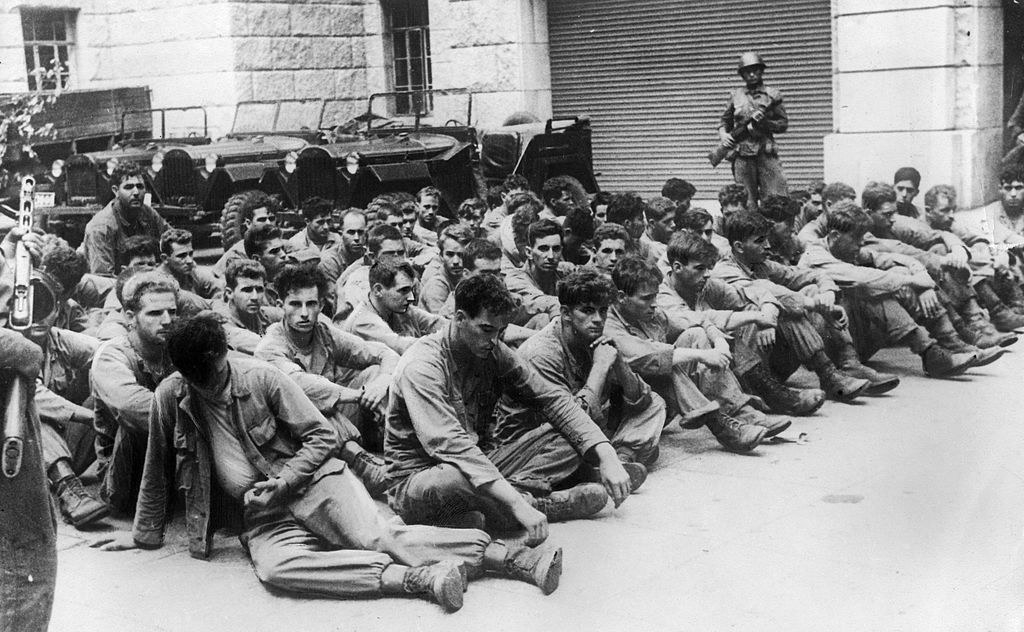
In an interview with NPR, journalist Stephen Kinzer, who wrote Poisoner in Chief: Sidney Gottlieb and the CIA Search for Mind Control, said, "Gottlieb wanted to create a way to seize control of people's minds, and he realized it was a two-part process. First, you had to blast away the existing mind. Second, you had to find a way to insert a new mind into that resulting void. He didn't get too far on number two, but he did a lot of work on number one."

2. According to the BBC, the CIA's budget for the experiments was $25 million. Historian Tom O'Neill told the BBC that the people targeted by the program and "given drugs without their awareness" included "patients in psychiatric hospitals, prisoners in federal institutions, and even people in the public."

3. Kinzer told NPR that the CIA used $240,000 to purchase "the world's entire supply of LSD" for use in the experiments; he called Gottlieb the "unwitting godfather of the entire LSD counterculture."

4. One famous participant in the experiments was the crime boss Whitey Bulger, who was incarcerated at the time and believed he was aiding research to find a cure for schizophrenia. Kinzer told NPR that Bulger was "given LSD every day for more than a year," an experience that led him to believe that he was "going insane."
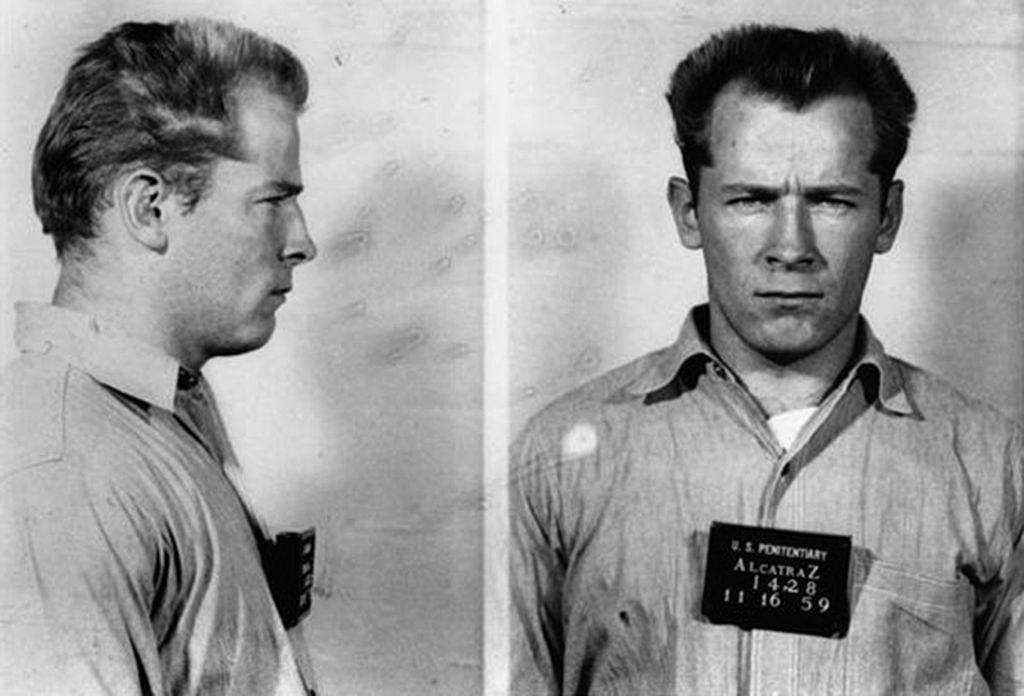
Kinzer said, "And toward the end of his life, Bulger came to realize the truth of what had happened to him, and he actually told his friends that he was going to find that doctor in Atlanta who was the head of that experiment program in the penitentiary and go kill him."

5. According to Kinzer's NPR interview, One Flew Over the Cuckoo's Nest author Ken Kesey, Grateful Dead lyricist Robert Hunter, and famed Beat poet Allen Ginsberg all took part in the LSD experiments.
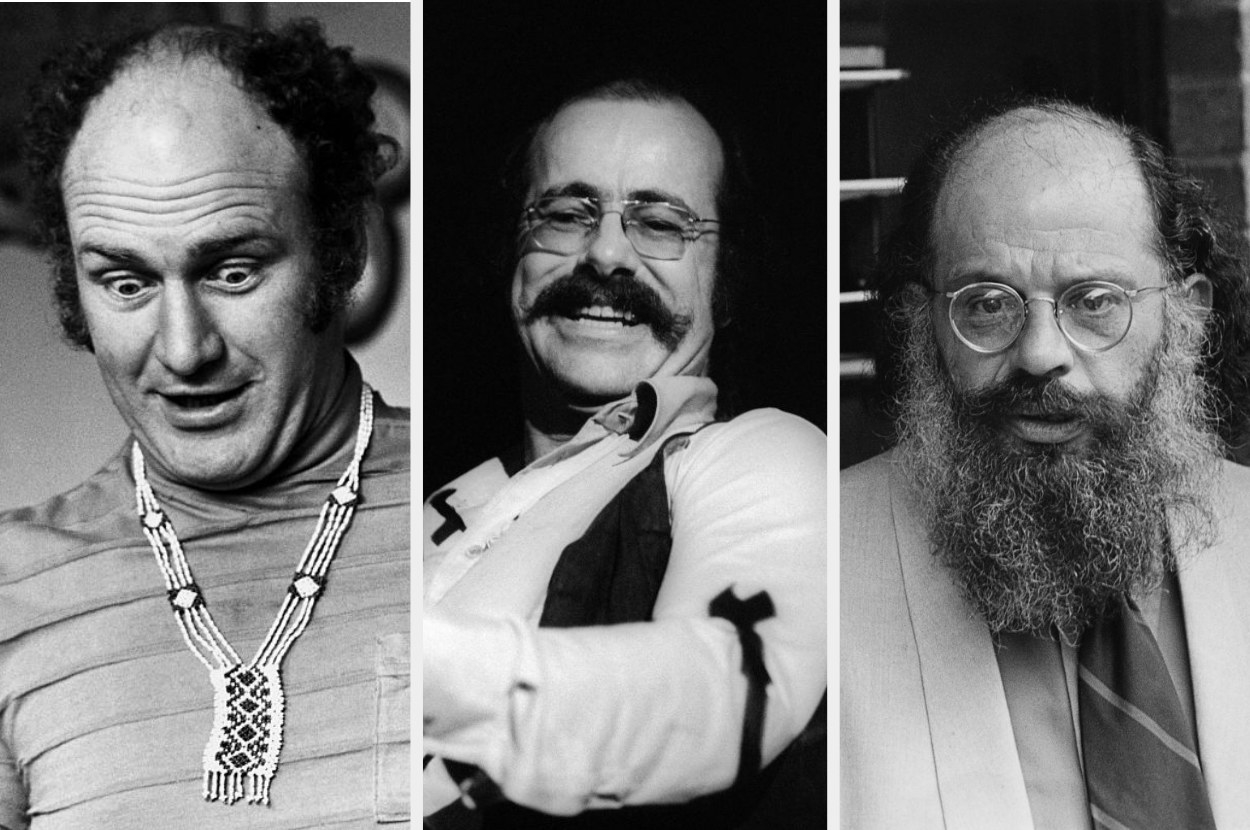
6. Kinzer told the Los Angeles Review of Books that Gottlieb himself took LSD "more than 200 times."
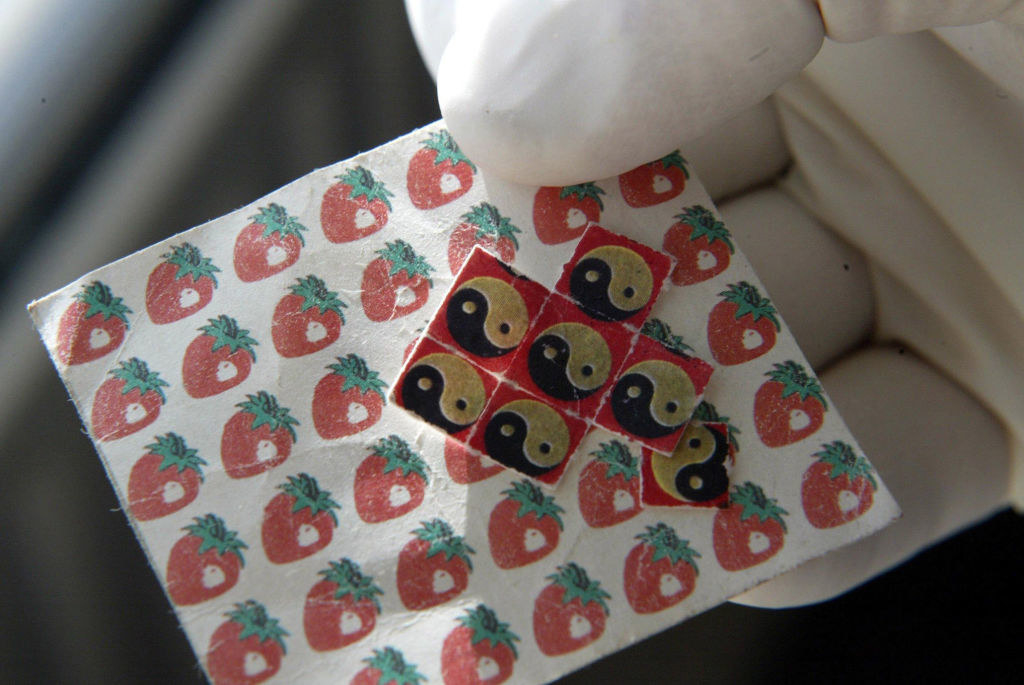
7. In addition to LSD, History reports that MK-Ultra experiments made use of MDMA, heroin, mescaline, barbiturates, meth, and magic mushrooms.

8. In 1973, Gottlieb left the CIA after director Richard Helms was removed by President Richard Nixon; on their way out, Gottlieb and Helms did their best to destroy evidence of MK-Ultra. Kinzer told NPR, "Once Helms was gone, it was just a matter of time until Gottlieb would be gone, and most important was that Helms was really the only person at the CIA who had an idea of what Gottlieb had been doing. ... Gottlieb actually drove out to the CIA records center and ordered the archives to destroy boxes full of MK-Ultra records." However, some records remained despite their efforts at a cover-up.
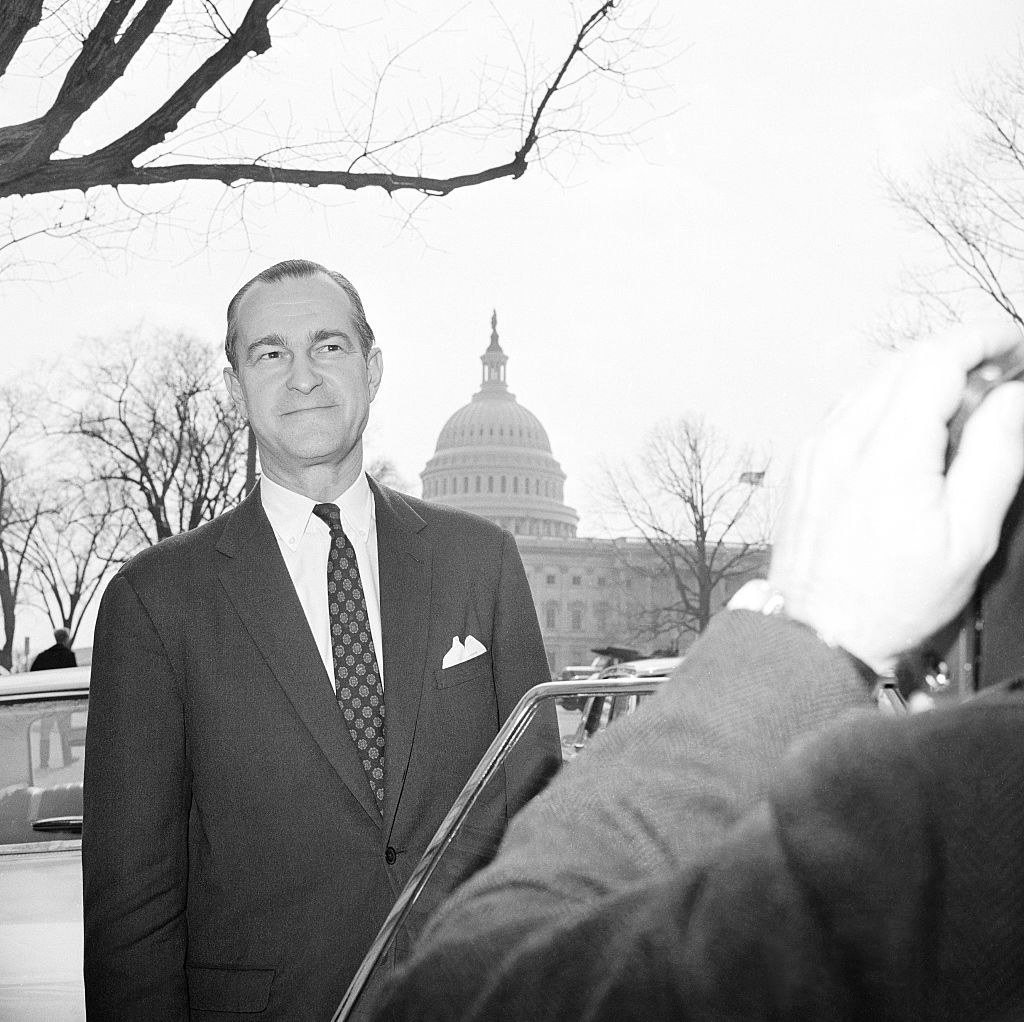
9. One particularly absurd and chilling aspect of the experiments was called Operation Midnight Climax, in which sex workers brought potential test subjects into a safe house, where they would be dosed with LSD and secretly observed by CIA agents.
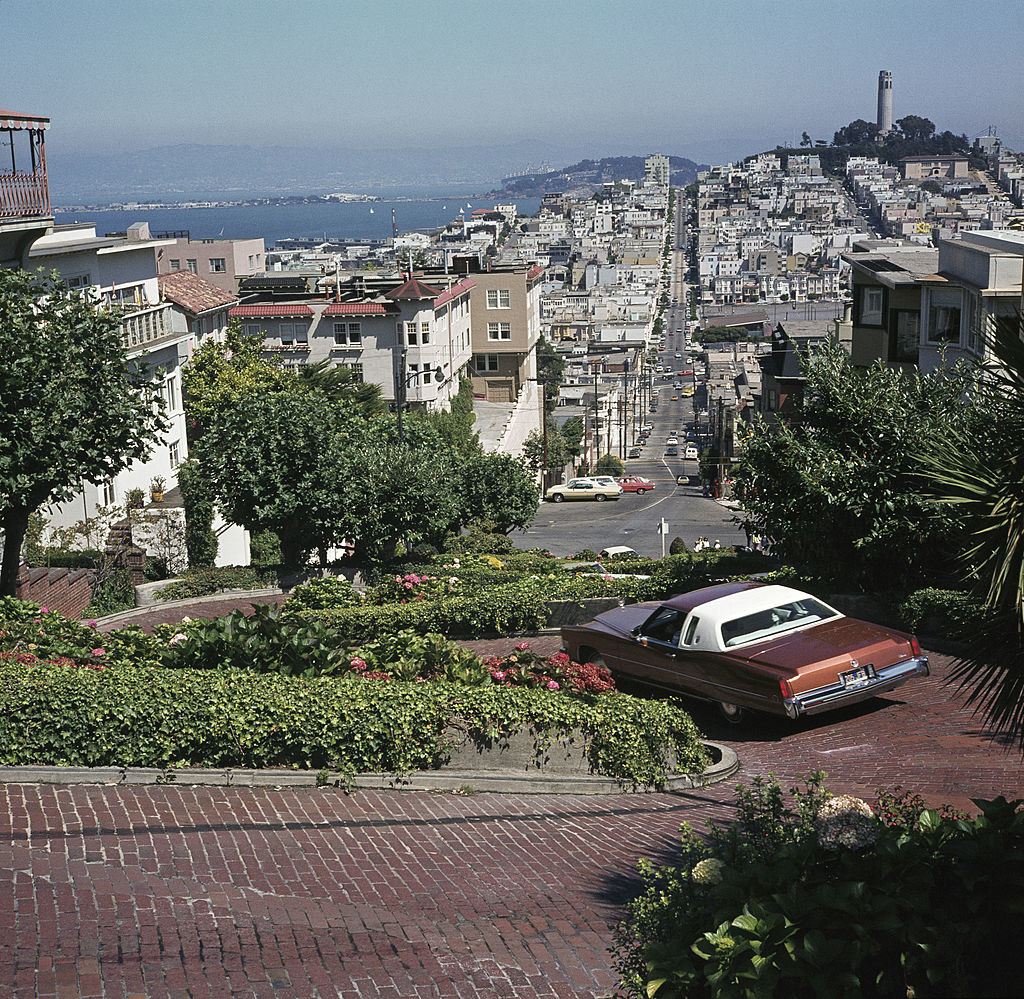
According to the San Francisco Chronicle, Gottlieb hired George White to run experiments on "guests" at one of two safe houses in New York City's Greenwich Village. White then moved to San Francisco to establish the headquarters of Operation Midnight Climax in Telegraph Hill. At the apartment, White hid behind a two-way mirror and drank martinis as he watched his victims and their reactions to both the drugs and the attention of the sex workers. The sex workers who participated in the experiments did so at least in part in exchange for favors, such as being freed from jail.

White later said about these experiments, "I toiled wholeheartedly in the vineyards because it was fun, fun, fun. Where else could a red-blooded American boy lie, kill, cheat, steal, rape, and pillage with the sanction and blessing of the All-Highest?" Operation Midnight Climax ended in 1963, which is the same year that Gottlieb, according to the Los Angeles Review of Books, wrote in a CIA memo that mind control was an unachievable fantasy.
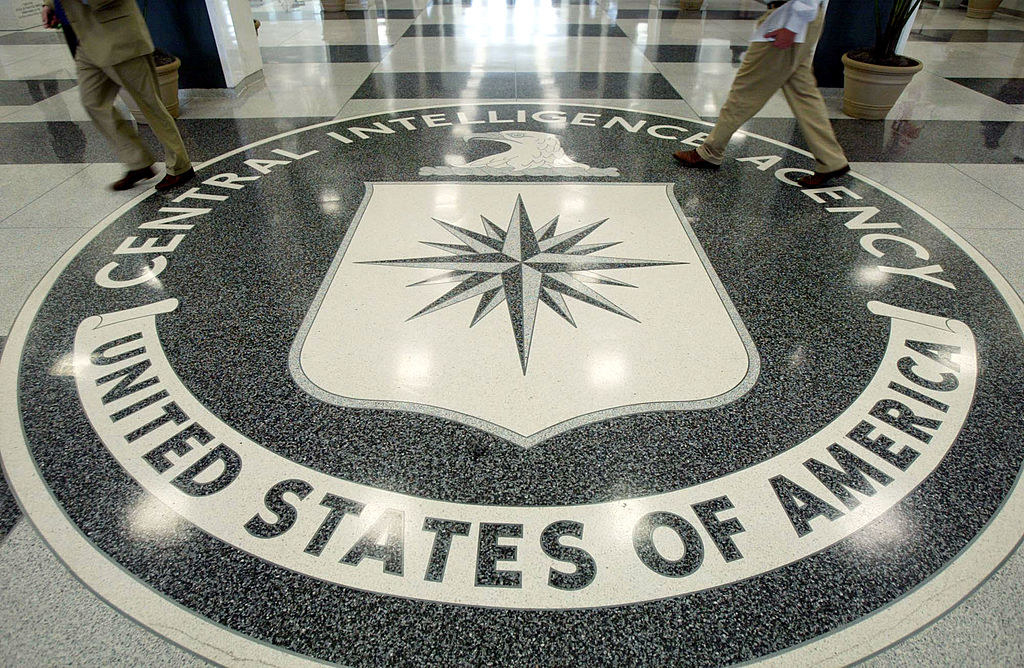
10. As horrifying as the experiments that happened on American soil were, even more cruel were those that took place abroad. Kinzer told NPR, "Gottlieb and the CIA established secret detention centers throughout Europe and East Asia, particularly in Japan, Germany, and the Philippines." As these locations were "largely under American control" during the early 1950s, Gottlieb and his co-conspirators weren't burdened by "legal entanglements."

Kinzer said, "They [CIA agents] would grab these people [anyone considered 'expendable,' including 'enemy agents'] and throw them into cells and then test all kinds of, not just drug potions, but other techniques, like electroshock, extremes of temperature, sensory isolation — all the meantime bombarding them with questions, trying to see if they could break down resistance and find a way to destroy the human ego." Because of these experiments, Kinzer called Gottlieb "certainly the most prolific torturer of his generation."
11. The Allan Memorial Institute, a psychiatric hospital in Montreal, Canada, played host to some particularly gruesome experiments, overseen by the psychiatrist Dr. Donald Ewen Cameron. According to the BBC, Dr. Cameron's goal was "depatterning," in which patients would be "reduce[d]...to an infantile psychological state," which would subsequently allow doctors to "rebuild their mind[s]" as they saw fit.
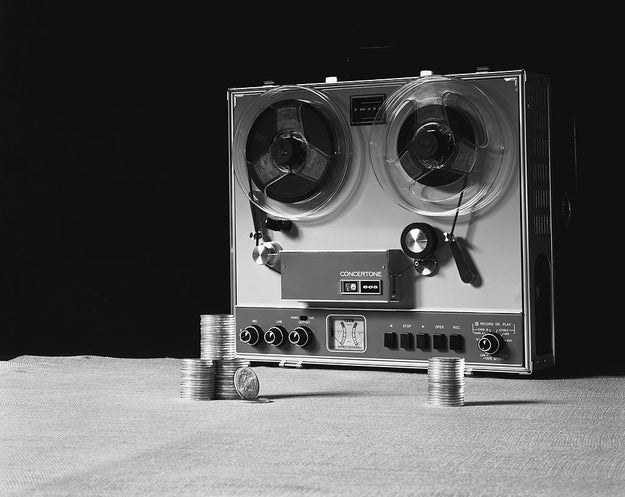
Lana Sowchuk, whose father was admitted to the Allan Memorial Institute for asthma treatment, told the BBC, "He also was put in an insulin coma for 36 days with a recording beside him saying that your mother hates you, over and over and over and over." This sort of conditioning was known as "psychic driving."
12. Another brainwashing method used at the Allan Memorial Institute was Page-Russell electroshock therapy, which Julie Tanny, the daughter of a survivor, described to the BBC as "approximately 40 to 75 times the strength of a normal shock treatment." She added, "So, it's really designed to wipe out the memory."
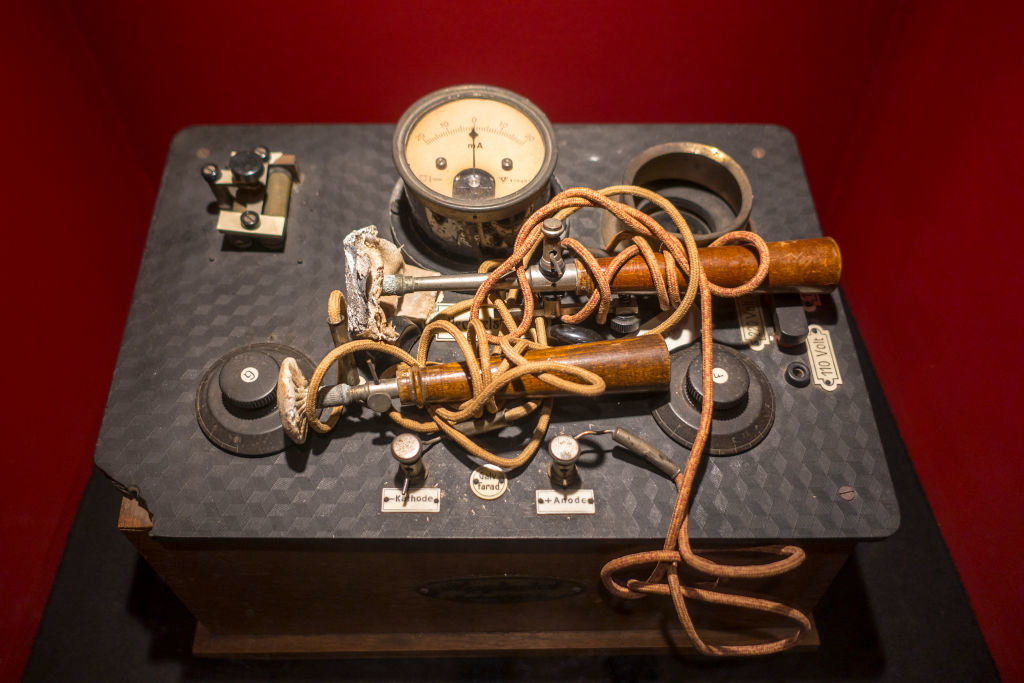
Tanny said that after her father was subjected to 27 days of Page-Russell shock treatments, those in charge of the experiment "were discouraged because he still had ties to his former life, in that he was asking to see his wife." Tanny went on, "They decided to give him more Page-Russell shock treatments and put him to sleep for another 30 days."
13. O'Neill told the BBC that the horrors of MK-Ultra were exposed due to the efforts of John Marks, a whistleblower who wrote a book entitled The Search for the Manchurian Candidate. He explained, "There were congressional hearings here in the United States in the mid-'70s after it had been exposed. And during those hearings, the CIA finally admitted that this program existed, they admitted that it was probably not the right thing to do, but they feigned innocence."
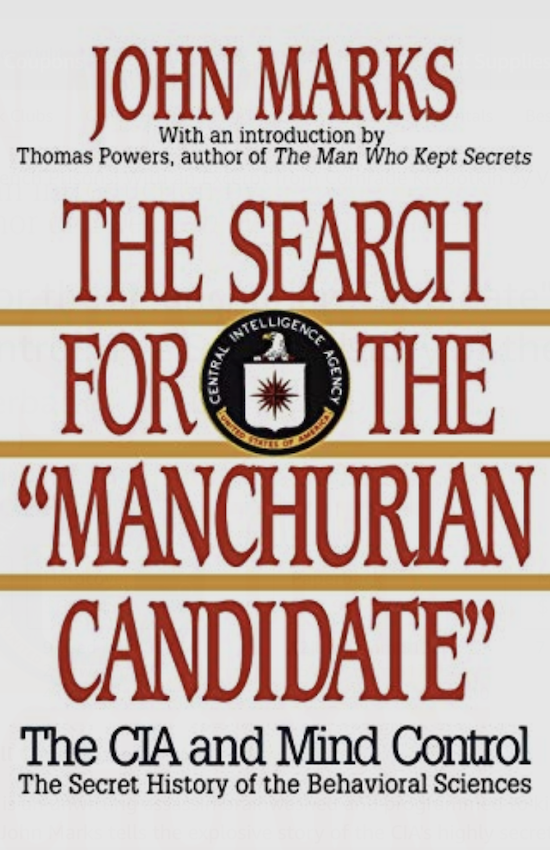
The human suffering inherent in these experiments was already too high a price to pay for any sort of scientific understanding, but it is yet another twist of the knife that the MK-Ultra experiments were ultimately useless as well as torturous. Kinzer told the Los Angeles Review of Books, "Gottlieb was a terrible scientist. His experiments were not conducted with scientific rigor. Many of the people that he had as operatives carrying out these experiments abroad didn’t speak foreign languages. They were not trained in psychology."

Needless to say, mind control as those American government officials with bad intel and too much power imagined it during the 1950s just doesn't exist. And even if it does, we probably shouldn't go looking for it.
